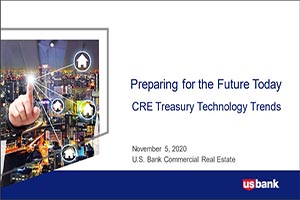As an investment services cornerstone, custody must constantly evolve to meet industry changes and keep pace with technology. In our fast-paced world, it’s important to step back and look at how it’s adapting and what improvements are surfacing along the way.
Custody is a foundational component of nearly everything we do in the investment services industry. Whether you’re an investment manager, corporation, government entity or not-for-profit organization, you depend on the efficient and consistent performance of your custodian. But how is it changing and what factors are driving its progress?
A continuous state of rapid improvement
Although custody has fundamentally done what it has always done, it’s far from static. In fact, custody is subject to virtually the same trends the rest of the industry faces, such as globalization, the need for new technology, increased regulatory burdens and constant threats to cybersecurity.
Custodians are making incremental improvements to always do the right thing for all their stakeholders. The pace of change impacting the custody industry is unprecedented, and improvements that used to take months or years can now be accomplished in days or weeks.
Adapting to technological advancements
A key area of change is in the technology used to meet the needs of the evolving industry. As regulations shift, such as the T+2 settlement requirement, custodians need to be agile and make enhancements to their systems and processes. Custodians are also developing critical processes and technology to meet heightened standards around anti-money laundering and economic sanctions policies.
It’s more important than ever to keep your information safe, and through a dedication to continual technology improvements, custodians are now able to OFAC scan SWIFT messages in real time. As more and more clients use the SWIFT network, custodians will be able to simplify processes, remove manual touchpoints and more aptly manage and reduce risk.
How client service models are keeping up
As the technology framework evolves, it allows client services teams to be more flexible and efficient. Because of this, the client service model is progressing toward a more personalized experience for clients. If service providers can understand the distinct needs of their clients and business models, they’ll be able to work together to identify targeted enhancements to align systems and processes to meet their needs, both in the short and long term.
Moving forward, the investment services industry will continue to evolve, and as it does, custody will adapt along with it. Custodians will carefully watch the market, listen to clients and partners and plan ahead with an eye for innovation and targeted improvement.
With a partner you trust, you can count on the course of progress working toward your advantage long into the future. For more information on custody services at U.S. Bank, visit us online at usbank.com/investmentservices.




















































